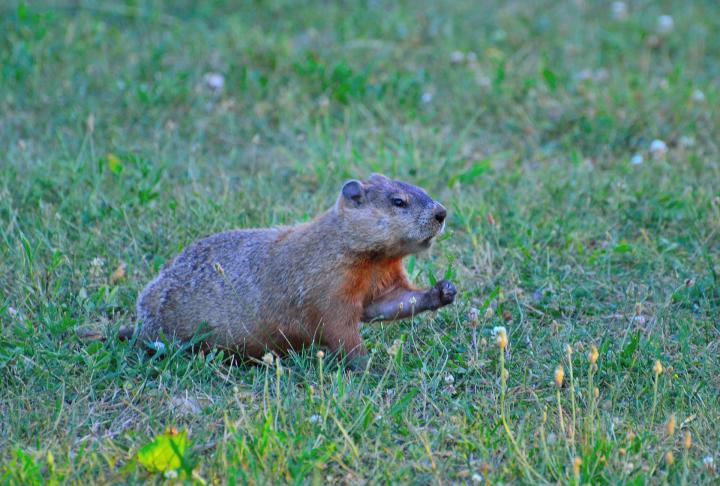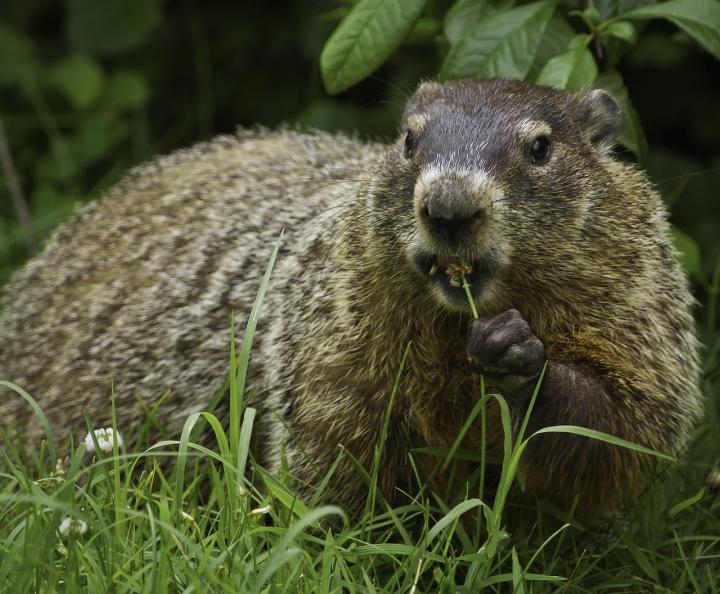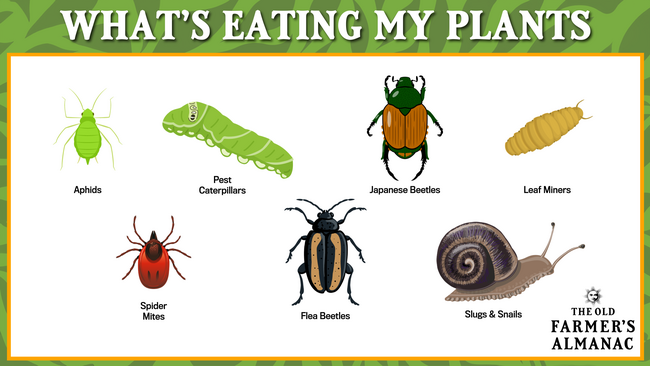
Caption
Woodchucks or groundhogs can greatly damage a garden.
How to Prevent Groundhogs from Invading Your Garden
Read Next
Gardening Products
More Like This
It is possible in certain cases for a groundhog tunnel to undermine a foundation and/or cause cracks. You might want to try repelling the groundhog, to encourage it to find a home elsewhere. You can try sprinkling dried fox or coyote urine (available at garden centers or online) around the hole. Or, try motion-detector sprinklers (also available at garden centers or online) or pinwheels around the entrance. You can also try filling the hole with dirt; each time the animal may reopen it (or one nearby), but might eventually give up and move on. Usually there is at least one other entrance or exit hole, so try to find that one too (tunnels can extend 25 to 40 feet). As a last resort, you can hire an animal pest control expert to live trap it and remove it from your home. (Laws vary in cities and states as to doing this on your own; always use caution when dealing with a wild animal.)
A mesh fence buried a foot deep really is the best solution, but there are other options. Readers have told us that they've had luck with electric fencing. Have you tried the solutions above? Many of them are safe for chickens. Try planting a line of garlic near the entrance. Also, try spreading Grapefruit-sized clumps of dog and/or cat hair throughout planted areas. A dog or two would also help the situation. Best of luck!
- « Previous
- 1
- 2
- …
- 10
- Next »












Comments